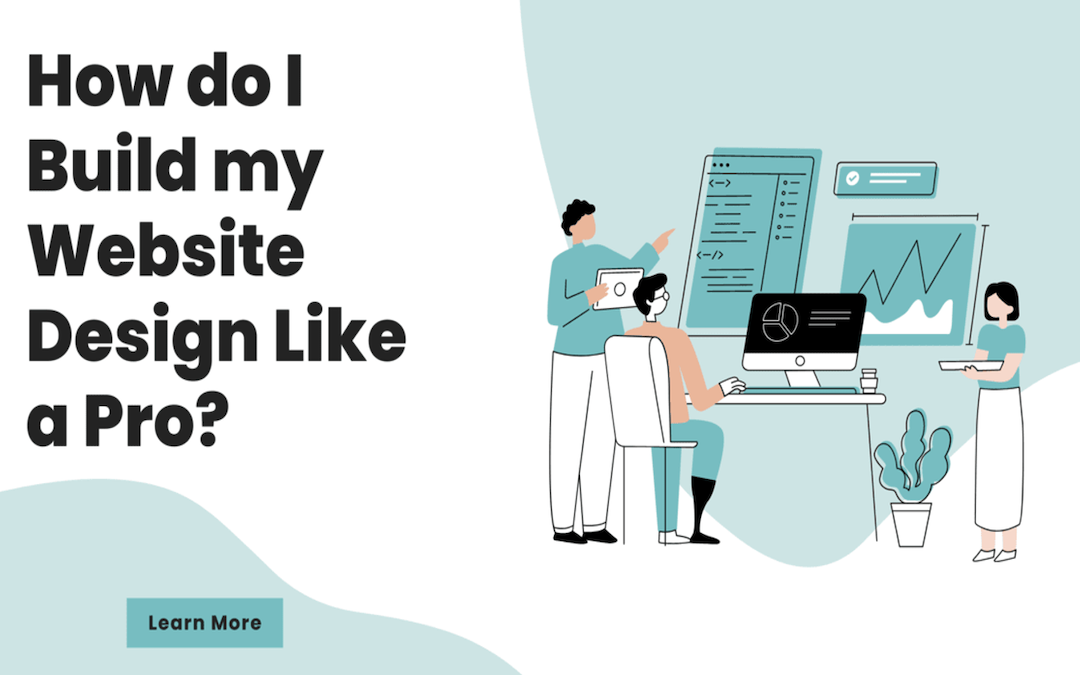
1. Understand Your Purpose and Audience
Before you start designing, make sure to clearly define the goal of your website. Are you in the process of developing a blog, online store, professional portfolio, or company website? Knowing your target audience is essential because it impacts design decisions, content, and functionality.
2. Plan Your Website Structure
Designing a website is like building a skyscraper. The homepage is the foundation, the navigation bar is the lobby where visitors are guided, each page is a different room, and internal links are the elevators for easy navigation. Organize the layout of your website like constructing a building.
An efficiently arranged layout is the foundation of a successful website. Develop a sitemap that details the primary pages as well as the subpages. Some typical pages are:
- Residence
- Offerings/Items
- Online journal
- Get in touch
3. Choose the Right Platform
Choose a Website Creation platform that meets your requirements. Some of the choices that are well-liked are:
- WordPress is incredibly customizable thanks to its wide range of plugins and themes available for use.
- Wix is easy to use, allowing users to drag and drop elements.
- Squarespace offers sophisticated templates and a simple interface for users.
4. Select a Professional Theme
Choose a theme that is suitable for a professional setting.
Select a mobile-friendly theme that matches your brand identity. Search for themes that provide customization features, allowing you to adjust them to align with your vision.
5. Focus on User Experience (UX)
A website designed for professionals is easy for users to navigate. Take into account the following UX guidelines:
- Navigation: Make sure that your website is simple to get around using a straightforward menu.
- Loading Time: Enhance Images and utilize effective coding to guarantee quick loading times.
- Ensure your website is accessible to all individuals, including those with disabilities.
It can be difficult to navigate through a foreign city without a map. Create with consideration of visual hierarchy.
6. Design with Visual Hierarchy in Mind
Visual hierarchy directs users' focus towards the most crucial elements initially. Utilize size, color, and positioning to emphasize important areas.
- Heading: Employ larger, bold typefaces for headings.
- Buttons: Use vibrant colors to make call-to-action buttons noticeable.
- Use blank spaces to prevent overcrowding and enhance legibility.
7. Incorporate High-Quality Visuals
Utilize high-quality pictures and visuals to improve the visual attractiveness of your website. Think about hiring a professional photographer or utilizing premium stock photos. Make sure that the images you use are related to the content and enhance its quality.
8. Generate Compelling Material
The most important aspect is the content. Make sure your message is easy to understand, brief, and interesting. Incorporate a combination of text, images, and videos to maintain the interest of visitors. Make sure to frequently update your content in order to maintain its freshness and relevancy.
9. Improve for Search Engines (SEO)
SEO is essential in order to attract visitors to your website. Utilize the following SEO strategies:
- Key phrases: Incorporate pertinent key phrases seamlessly within your content.
- Meta Tags: Meta titles and descriptions should be included for every page.
- Alt Text: Enhance accessibility and SEO by incorporating alt text to images.
- Link internally to other pages on your website to enhance user navigation and search engine optimization.
10. Ensure Mobile Responsiveness
Due to the large number of users accessing websites from smartphones and tablets, it is important for your site to be optimized for mobile devices. Test your website on different devices and screen sizes to make sure it appears and operates successfully across all platforms.
11. Incorporate Social Media into your strategy.
Connect your social media accounts to your website in order to enhance interaction and expand your audience. Include social media buttons in your content to allow visitors to easily share your posts.
12. Utilize Analytics
Utilize tools such as Google Analytics to monitor your website's performance. Examine data to comprehend visitor actions, favored materials, and opportunities for enhancement.
13. Test and Iterate
Frequently evaluate your website to ensure it is functioning well and performing efficiently. Carry out user testing in order to collect feedback and make any needed changes. Consistently striving to enhance is essential for keeping a professional website.
14. Keep yourself informed of current trends.
Web Design trends are constantly changing. Keep your website current and competitive by staying informed about the newest trends and technologies. Read design blogs, join webinars, and engage in online communities.
15. Consider Professional Help
If you have difficulties with certain parts of web design, do not hesitate to seek assistance from professionals. Employing a web designer or developer can lead to saved time and a superior outcome.
Summary
Creating a professional website design requires meticulous planning, focusing on details, and ongoing enhancements. By adhering to these instructions, you can develop a website that not only appears fantastic but also delivers a superb user experience. Keep in mind, that a well-designed website is a strong asset for building your online visibility and reaching your objectives.
Share this post
Leave a comment
All comments are moderated. Spammy and bot submitted comments are deleted. Please submit the comments that are helpful to others, and we'll approve your comments. A comment that includes outbound link will only be approved if the content is relevant to the topic, and has some value to our readers.

Comments (0)
No comment